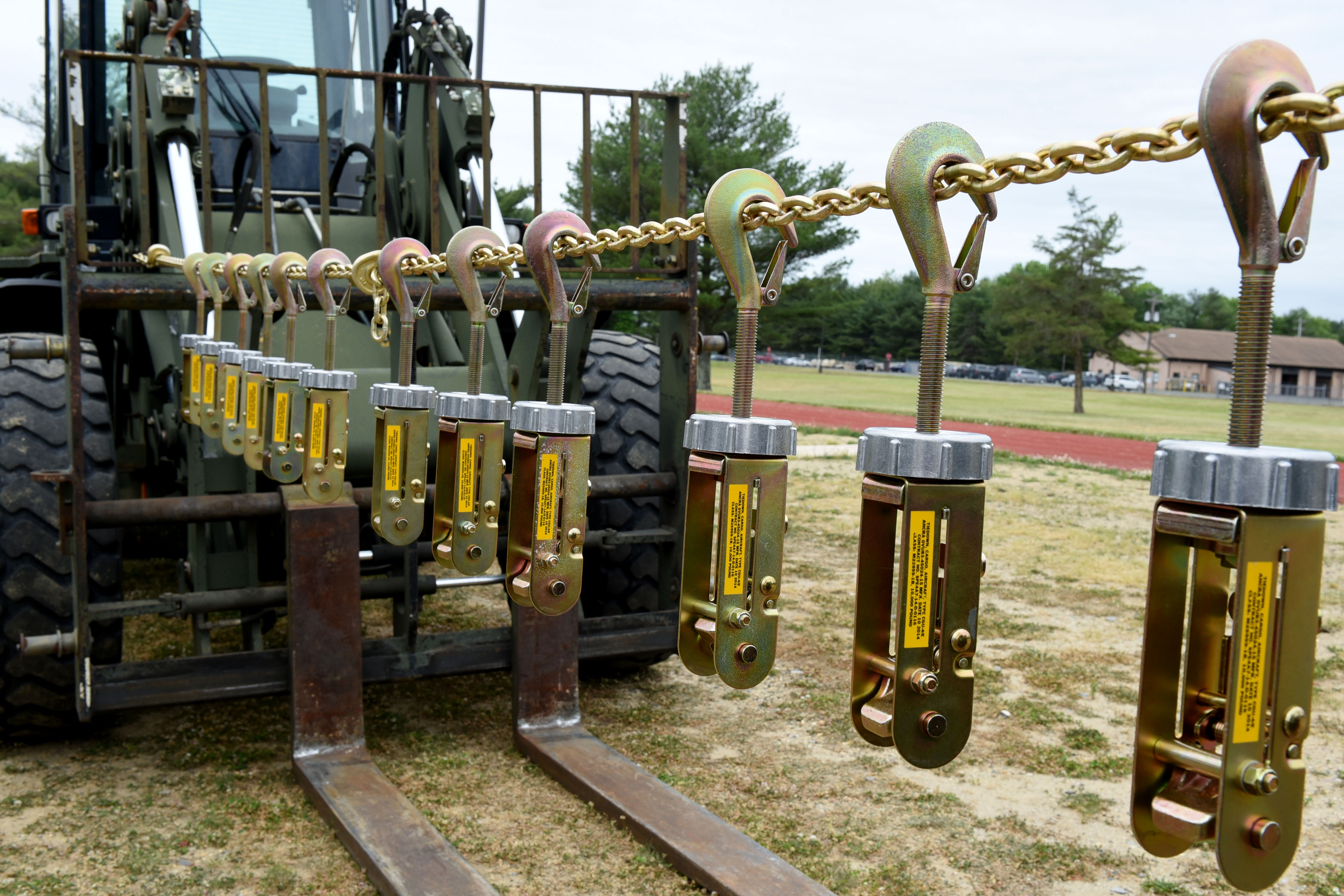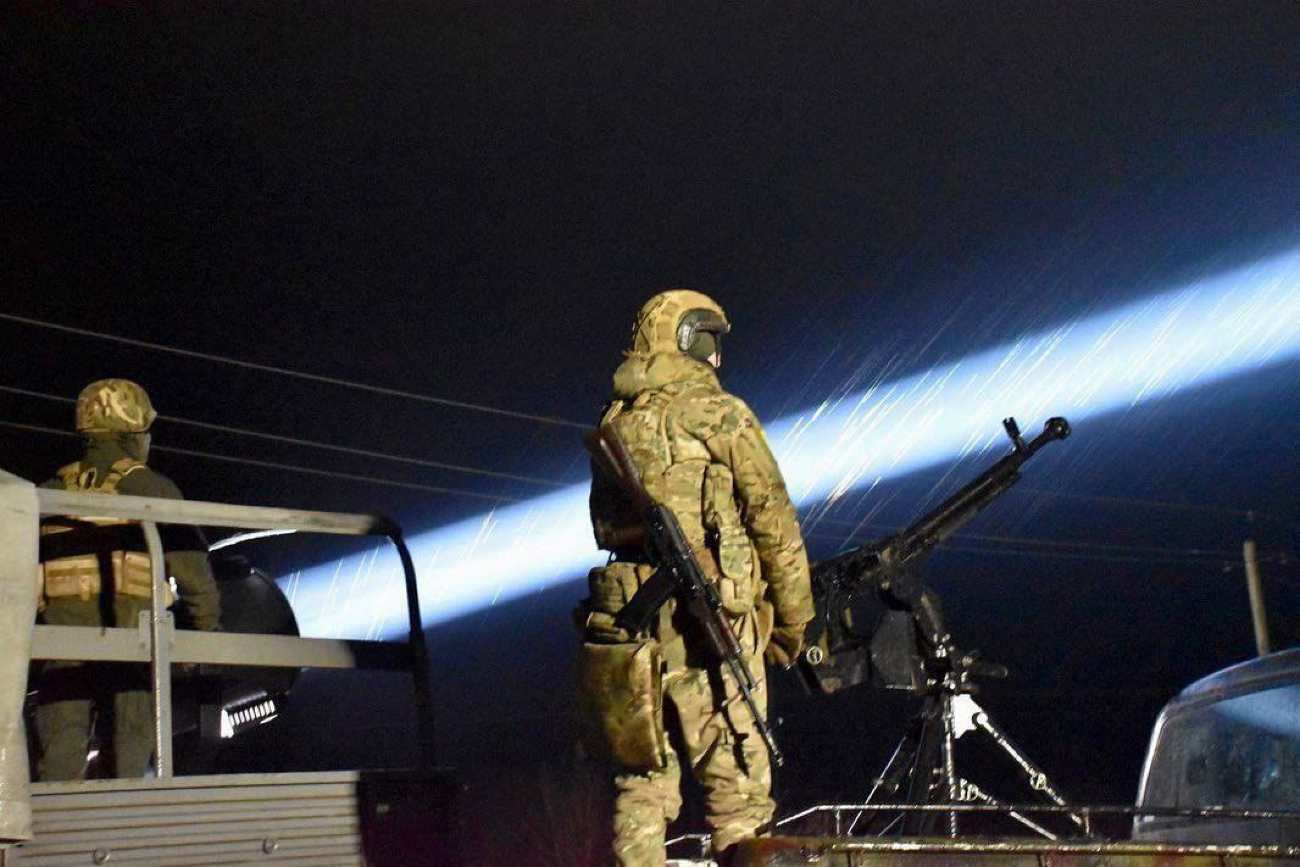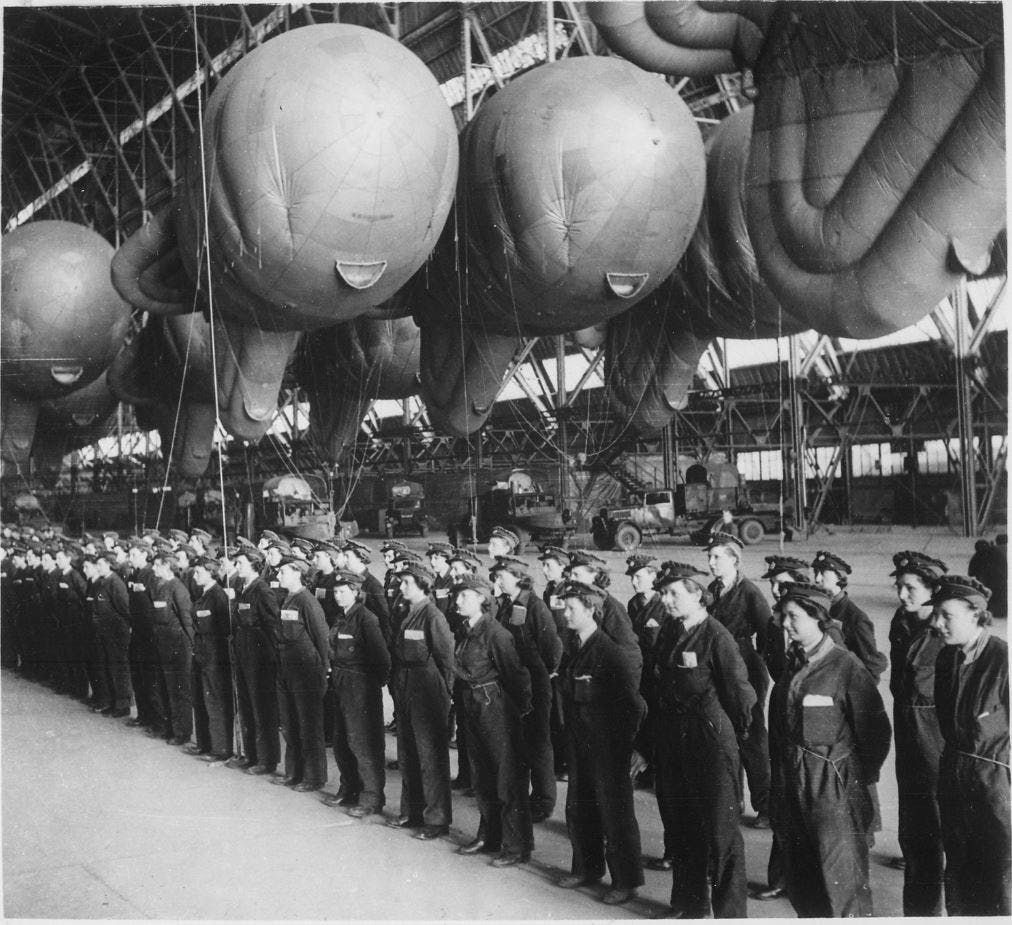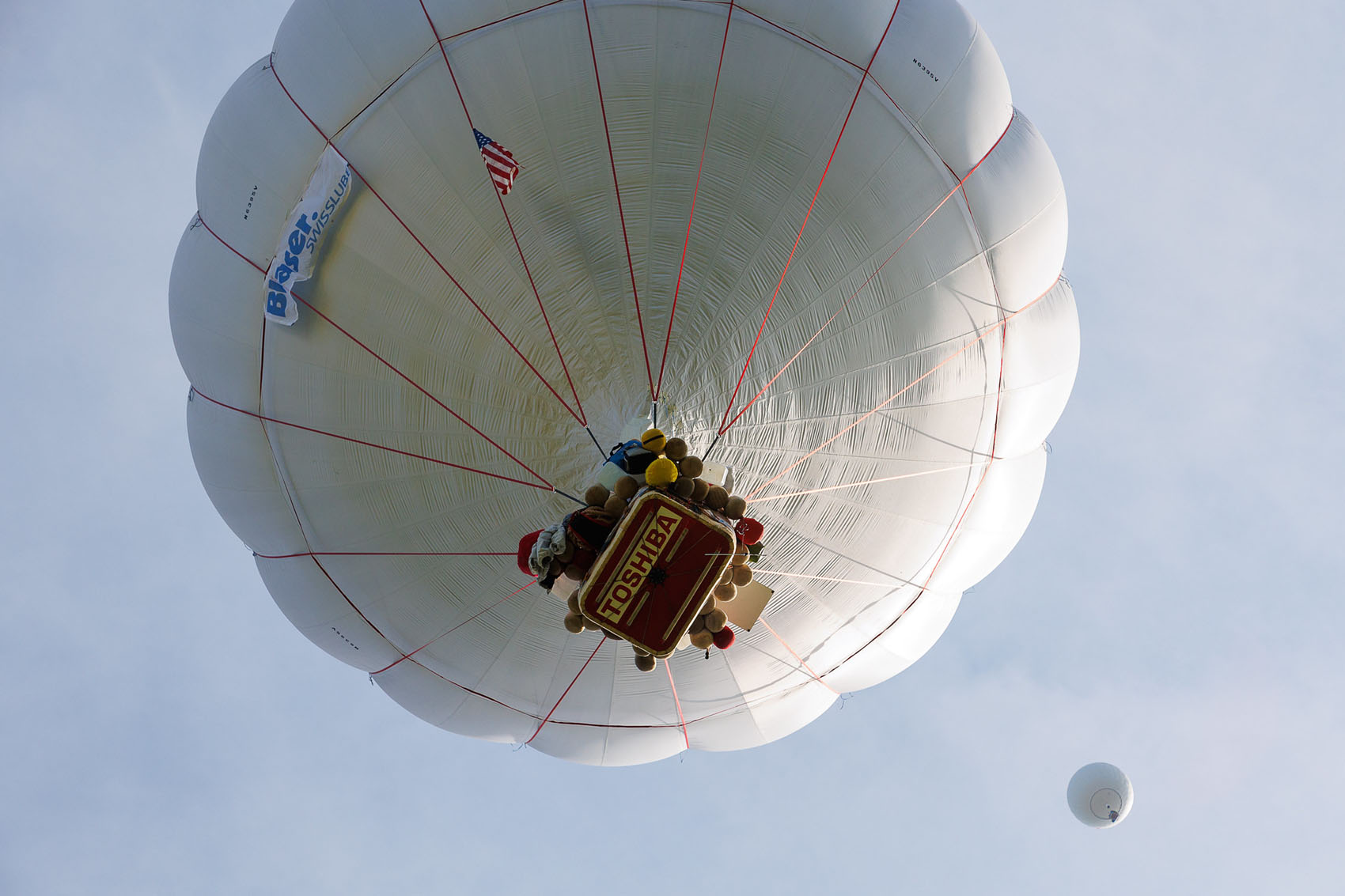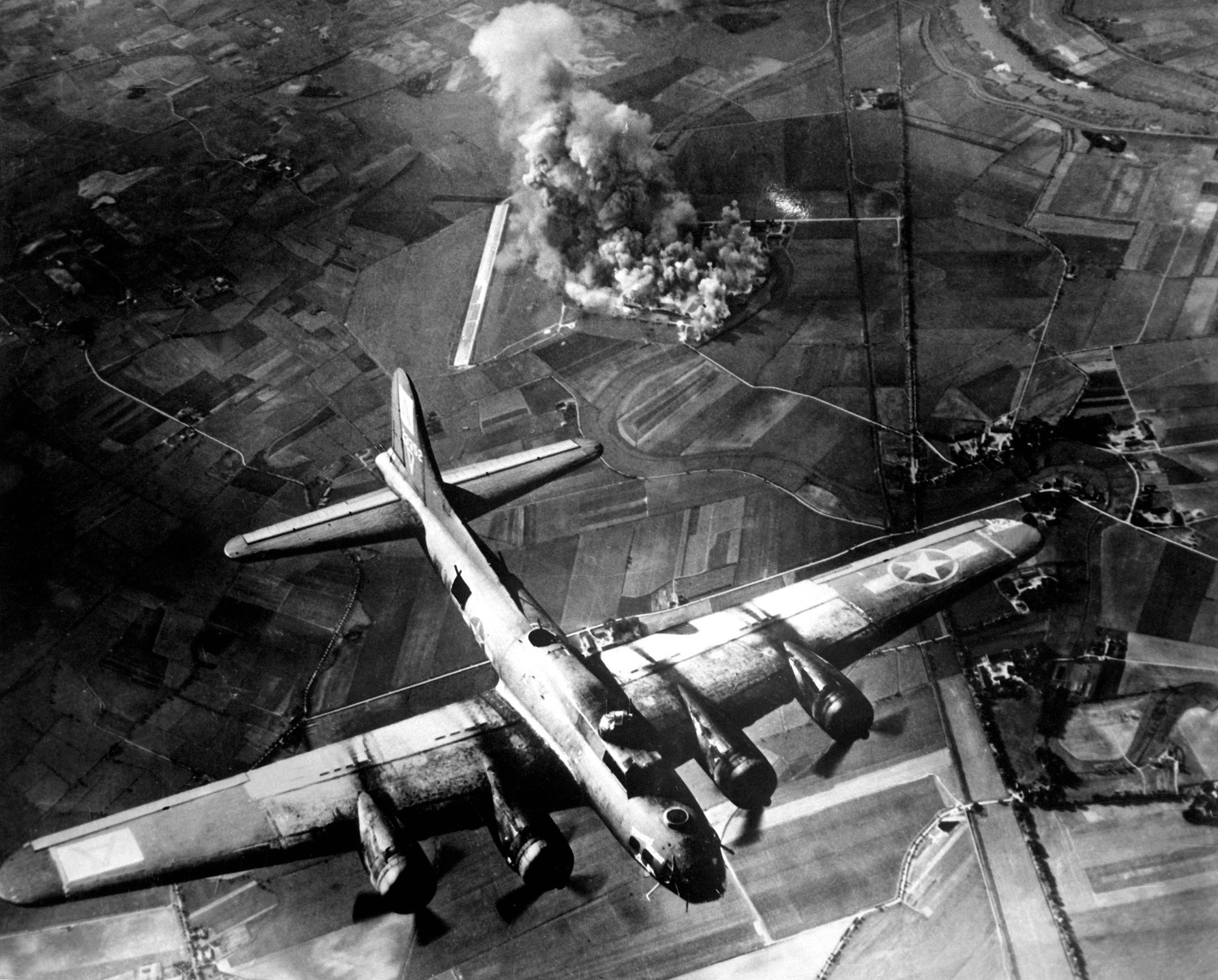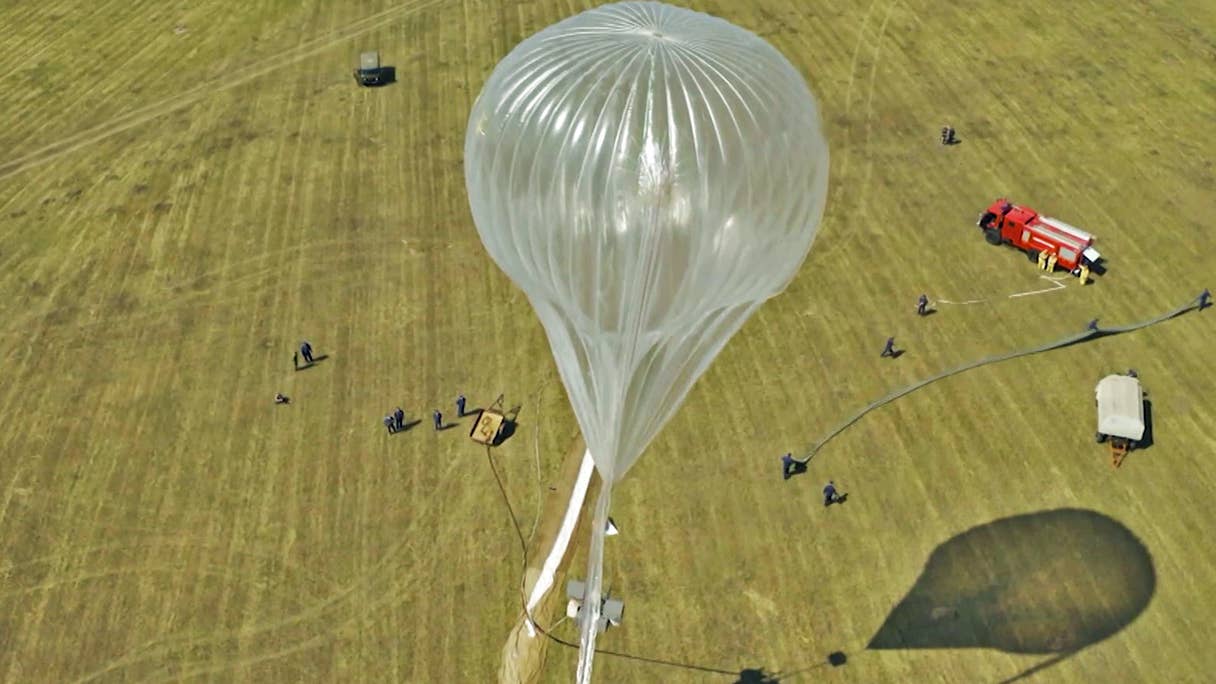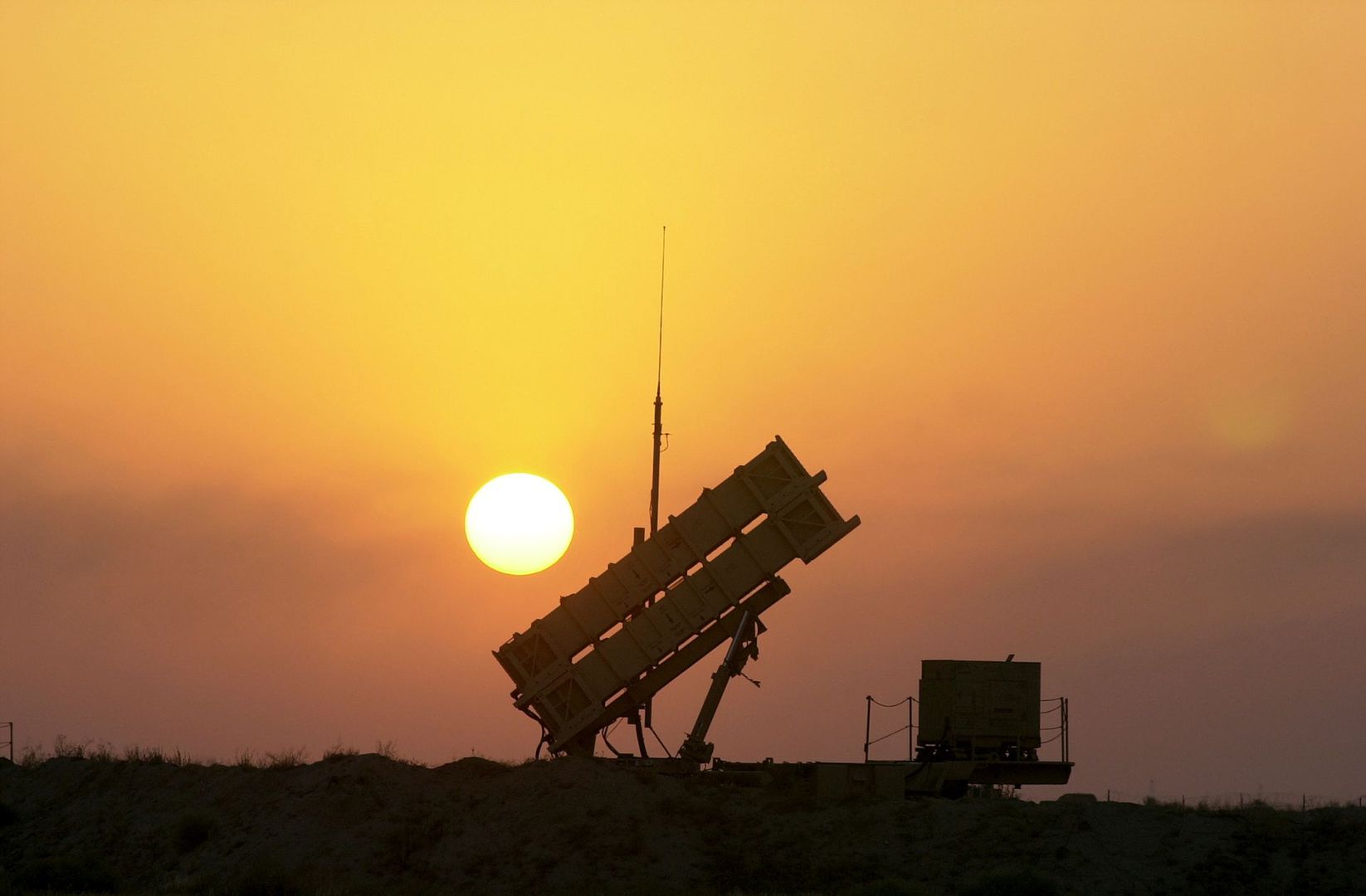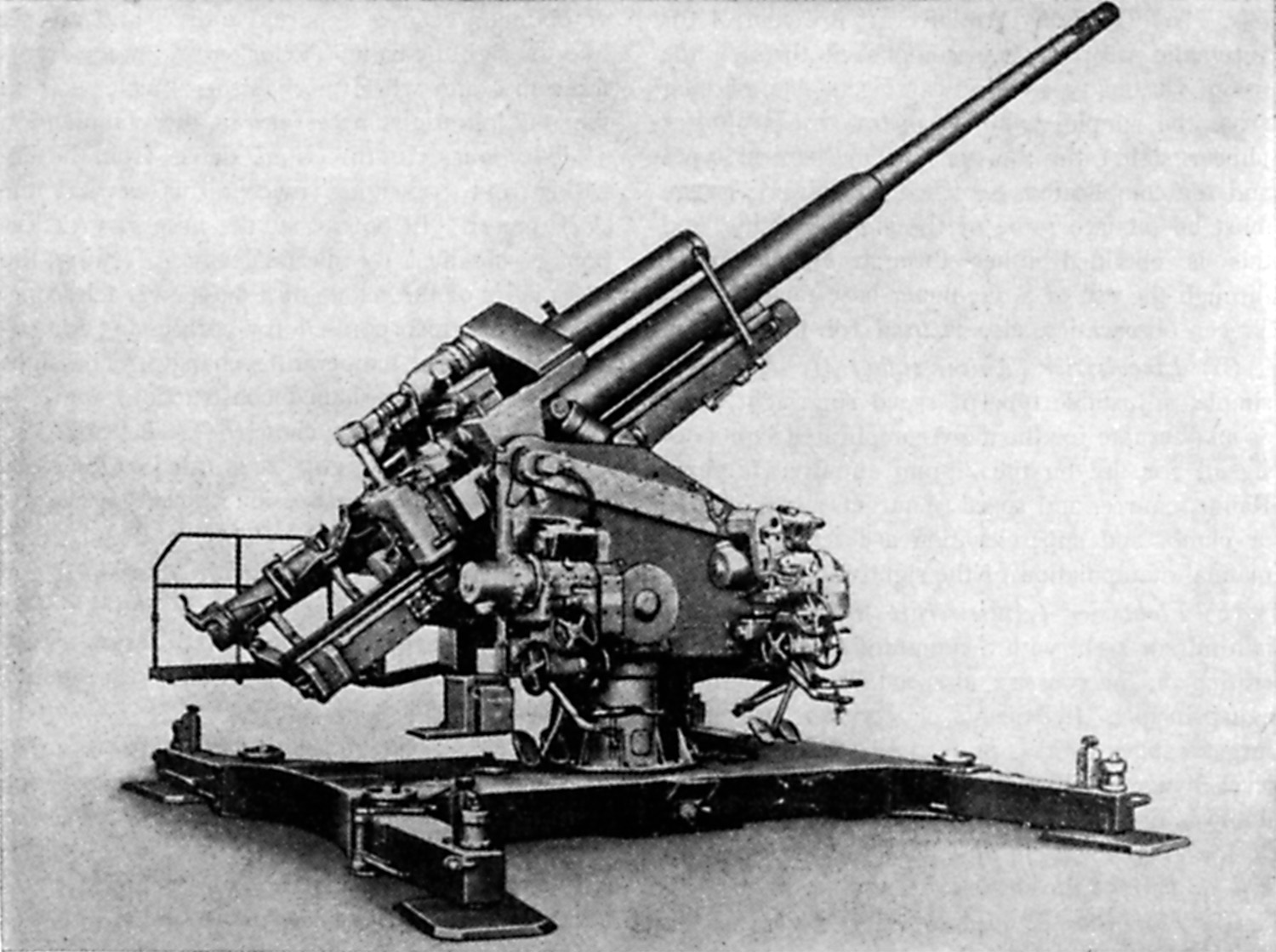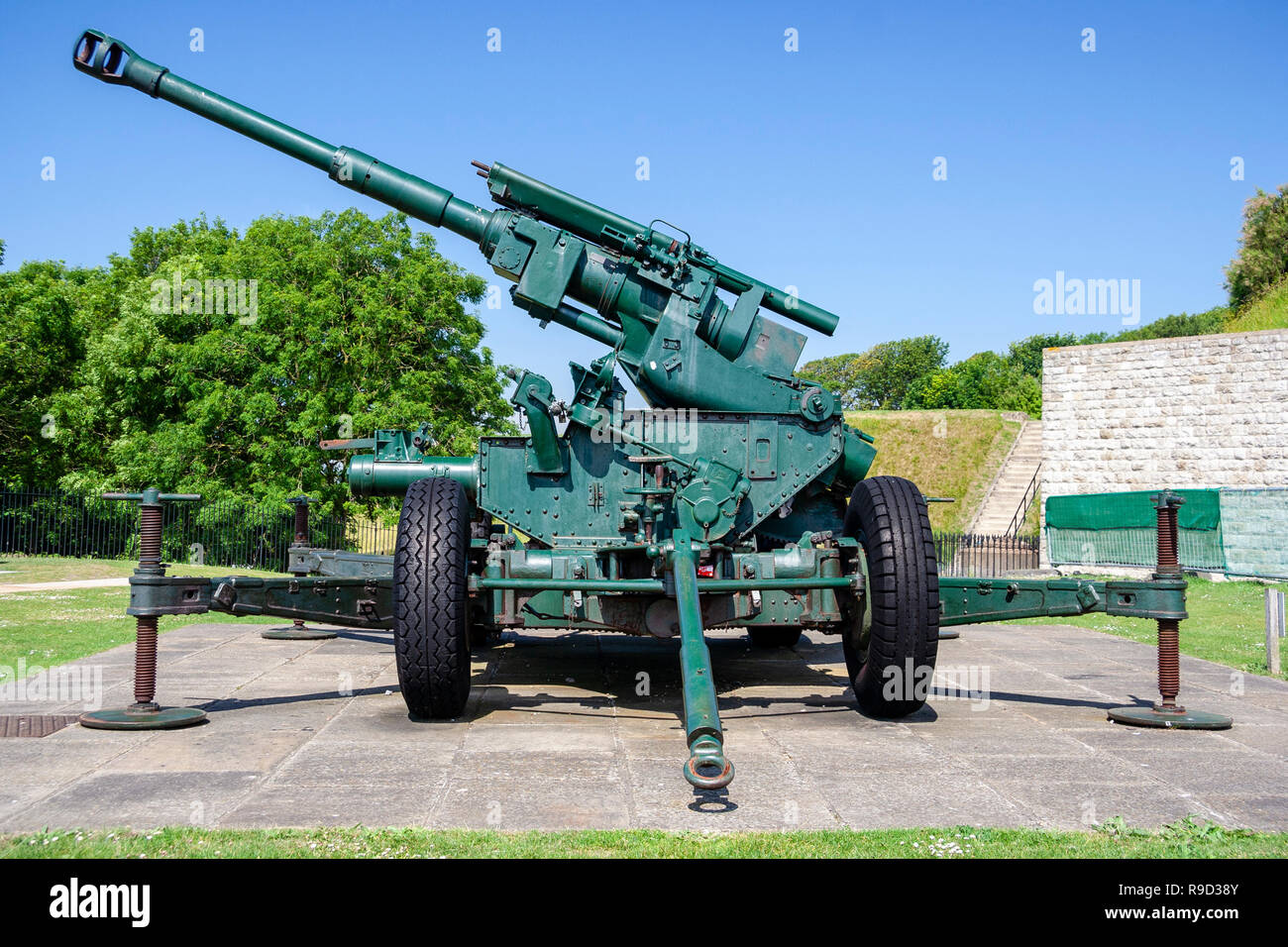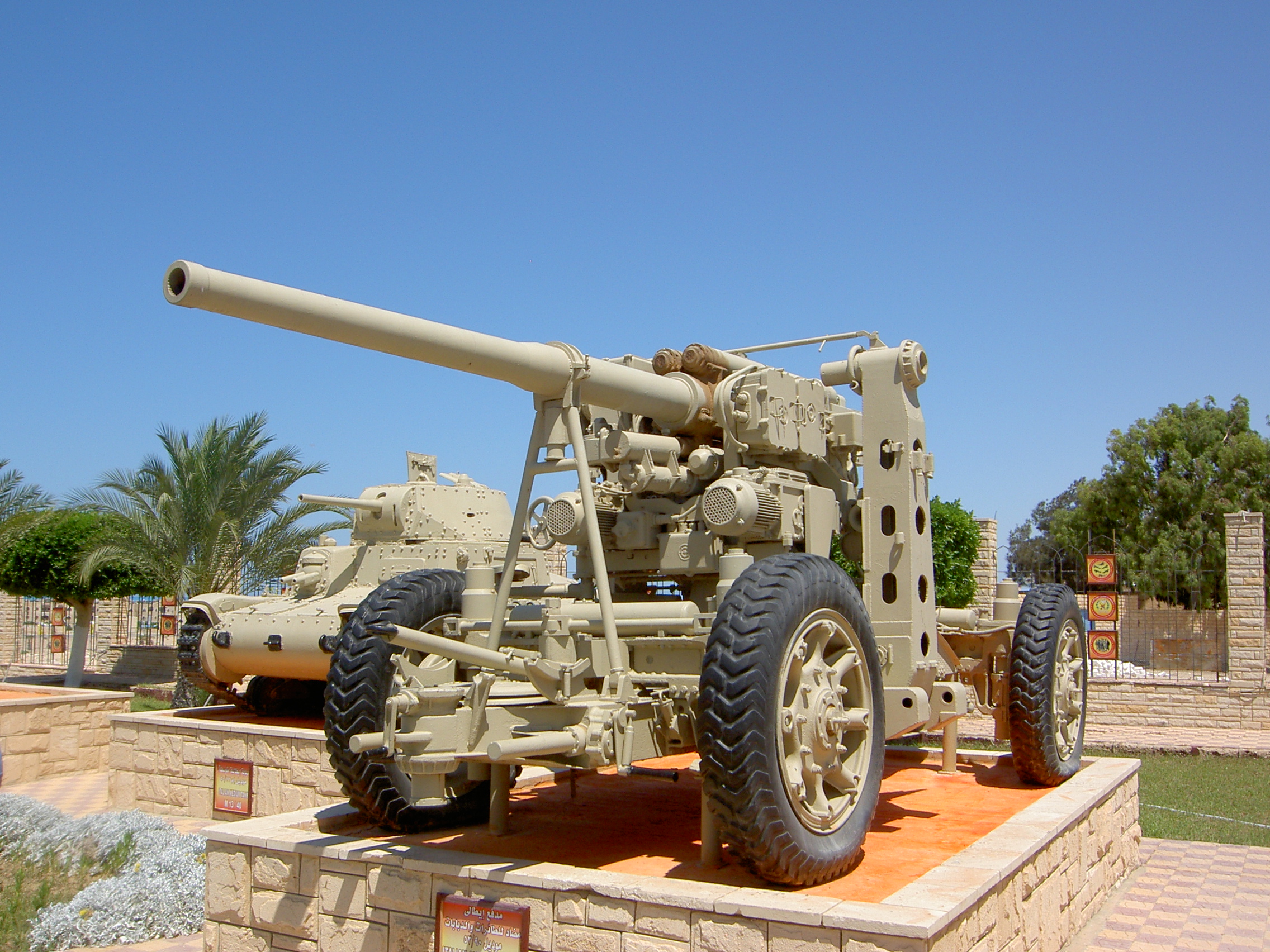Ancra Aircraft - Vette Asia is a leading supplier of advanced thermal management products used to remove excess heat generated by electronic components. The company offers custom designed heat sinks, liquid cold plates, and enclosure assemblies as well as a broad line of standard products and accessories.
The company's thermal management products are used by various OEM customers in the aerospace and defense, industrial, consumer electronics, medical, and telecommunications industries. In addition to thermal management products, the company also offers a wide range of extruded aluminum and fabricated metal products that are used in numerous end markets including building materials, HVAC systems, and recreational vehicles.
Ancra Aircraft
Wakefield Thermal is a leading supplier of advanced thermal management products used to remove excess heat generated by electronic components. The company offers custom designed heat sinks, liquid cold plates, and enclosure assemblies as well as a broad line of standard products and accessories.
Aircraft Logistic Track And Fittings
The company's thermal management products are used by various OEM customers in the aerospace and defense, industrial, consumer electronics, medical, and telecommunications industries. Ancra Systems BV develops automatic truck loading systems (ATLS) that streamline truck loading and unloading processes and are used primarily for shuttle services between production facilities and distribution centers.
The company offers skateloader systems, carpet systems, chain/belt conveyor systems, slat conveyor systems, skate systems, and roller tracks. Ancra Systems BV serves postal and parcel, automotive, consumer packaged goods, industrial, and paper industries in Western Europe and internationally.
Ancra International LLC LAD II and RAR systems, unless otherwise indicated, are warranted to be free from defects in material or workmanship for a period of twenty (24) months from the date of shipment. During this period, Ancra International LLC will, at its option, repair or replace without charge any product or part thereof found to be defective in material or workmanship.
This warranty does not extend to any product which has been subject to misuse, abuse, negligence, accident, alteration or repair. ARCOL manufactures and distributes resistors for high-current, high-voltage, and high-energy applications. ARCOL's product offering includes a broad line of film, foil, wirewound, and carbon composition resistor technologies.
A Family Owned Business That Treats Businesses Like Family
The company sells its products worldwide to customers in the industrial, medical, military, and aerospace markets. B/A Products develops, manufactures, and distributes a broad range of products used in the towing and auto transport industries. The company offers a premium line of chain and wire rope assemblies along with straps, lighting, safety, and other truck accessories.

Shred-Tech is a global leader in designing and manufacturing highly engineered systems used for shredding and recycling paper and other waste streams. The company produces a range of specialty vehicles that provide mobile document destruction and secure document collection solutions for the records information management and secure document destruction industries.
The Company also offers an array of stationary and mobile shredding systems for many different materials and applications in the waste management and recycling industries. Shred-Tech is headquartered in Cambridge, Ontario and has operations in the United States, the United Kingdom, and Thailand as well as distributors in the United Kingdom, Australia, and Japan.
Ancra Cargo is a leading supplier of cargo securing systems for the heavy-duty trucking market. The company offers flatbed, chain, interior van, trailer access, tie-down, and decking system products as well as related webbing and hardware.
It serves OEMs, distributors, fleet operators, and independent owner/operators in the heavy-duty trucking and recreational vehicle markets as well as government and military customers. This warranty is in lieu of all other warranties, expressed or implied, including but not limited to any implied warranty of merchantability or fitness for any particular purpose.
In no event will Ancra International LLC be liable for special, indirect or consequential damages or loss of vehicle, cargo or profits. Sarclad manufactures machinery and equipment for the steel making industry. It offers Rolltex EDT, an electro discharge texturing system for texturing rolling mill rolls;
Rollscan, a non-contact surface and sub-surface inspection system for hot and cold rolling mill rolls; and an off-line strand condition monitoring system for continuous casting machines. Astro Tecnologia manufactures and supplies cargo restraints and lifting products for the transport market.
The company offers a full line of ratchet straps, lifting slings, and thermal bulkheads primarily to transport companies, distributors, and OEMs in Brazil. All Ancra International LLC SilverCap OverDrive products, unless otherwise indicated, are warranted to be free from defects in material or workmanship for a period of twelve (12) months from the date of shipment.
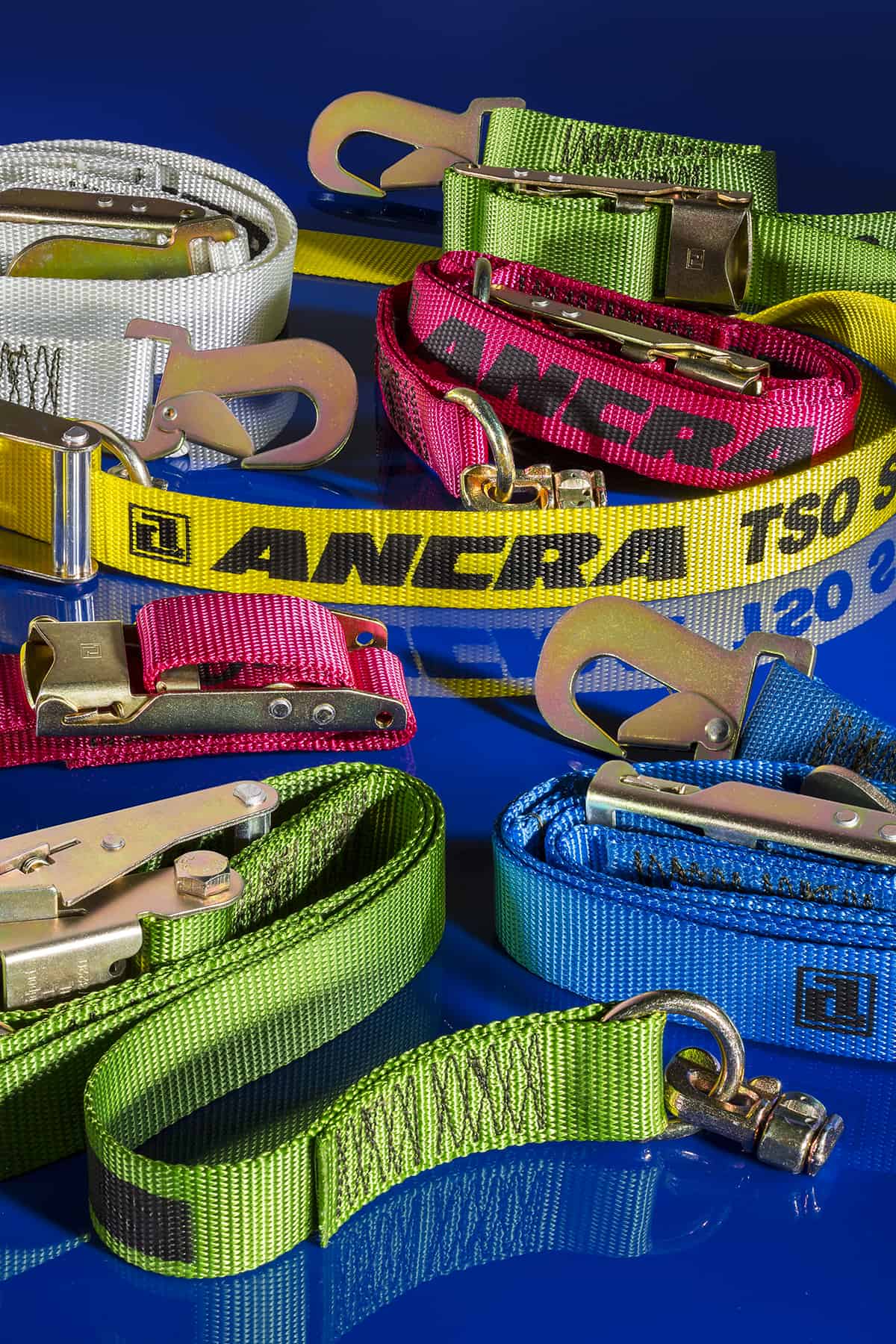
During this period, Ancra International LLC will, at its option, repair or replace without charge any product or part thereof found to be defective in material or workmanship. This warranty does not extend to any product which has been subject to misuse, abuse, negligence, accident, alteration or repair.
All Ancra International LLC products, unless otherwise indicated, are warranted to be free from defects in material or workmanship for a period of six (6) months from the date of shipment. During this period, Ancra International LLC will, at its option, repair or replace without charge any product or part thereof found to be defective in material or workmanship.
This warranty does not extend to any product which has been subject to misuse, abuse, negligence, accident, alteration or repair. The logistic track is designed with beveled edges that provide a smooth transition between the mounting surface and the top of the track.
This helps prevent cargo on wheels from getting caught on the exposed body of the track, offering a smoother loading and unloading process. Ancra is here with excellent products that are available at a competitive price.
The company does its utmost to provide the best possible solutions for your needs. All products by Ancra are made with expert care and created by professionals to meet all your requirements. Ancra does not accept compromises when it is going about quality, so you can be sure that all products have only first-rate quality.
With many years of manufacturing experience, Ancra is the name you can trust. Ancra Aircraft is a leading designer and manufacturer of cargo loading systems for the commercial freighter market. The company offers both powered and mechanical systems for narrow and wide body aircraft.
Ancra Aircraft's cargo loading systems are operating in more than 20 different aircraft types around the world and are used in both OEM and passenger-to-freighter conversion aircraft. The company also offers a broad line of aircraft seat and restraint fittings, which include anchor plates and track, stanchion and galley fittings, seat attachments, nets, straps, and tie down hardware.

Ancra Cargo was founded in 1969 with your security in mind. We started with the mission to improve safety and security for the material handling industry and originally focused on the airline industry. We quickly realized that engineered products were needed in every market segment that moved quantities of cargo, and our comprehensive product lines were born.
C/A Design manufactures precision thermal enclosures for the aerospace and defense industries. The company has extensive experience using vacuum and dip brazing processes to manufacture high-tolerance, complex heat exchangers and avionics enclosures that are used to house and protect sophisticated electronics.
The company sells its products directly to leading defense prime contractors and aircraft OEMs. The Heico Companies' Applied Solutions Group (ASG) was formerly known as the Ancra Group. The original group name came from the acquisition of Ancra in 1996. The group focuses its operations across four key segments: cargo securing, electronic & thermal solutions, metal solutions, and shredding/recycling systems.
Ohmite manufactures and distributes resistive products for high current, voltage, and energy applications. The company offers a broad line of power resistors, rheostats, and thick film resistor products. Other products include substitution boxes, power controls, inductors, chokes, heat sinks, and rotary tap switches.
The company sells its products to industrial, medical, military, and aerospace industries through leading global distributors and a network of sales representatives. Ancra Cargo was founded in 1969 with your security in mind. We started with the mission to improve safety and security for the material handling industry and originally focused on the airline industry.
We quickly realized that engineered products were needed in every market segment that moved quantities of cargo, and our comprehensive product lines were born. Wistra GmbH manufactures and distributes a broad line of load securing systems and accessories.
The company provides a wide range of products including lashing straps, shoring beams, cargo bars, decking beams, parting wall locks, and cargo nets to European logistics providers and industrial companies requiring specialized load securing solutions. The company has operations in Selmsdorf, Germany and Klaipeda, Lithuania.
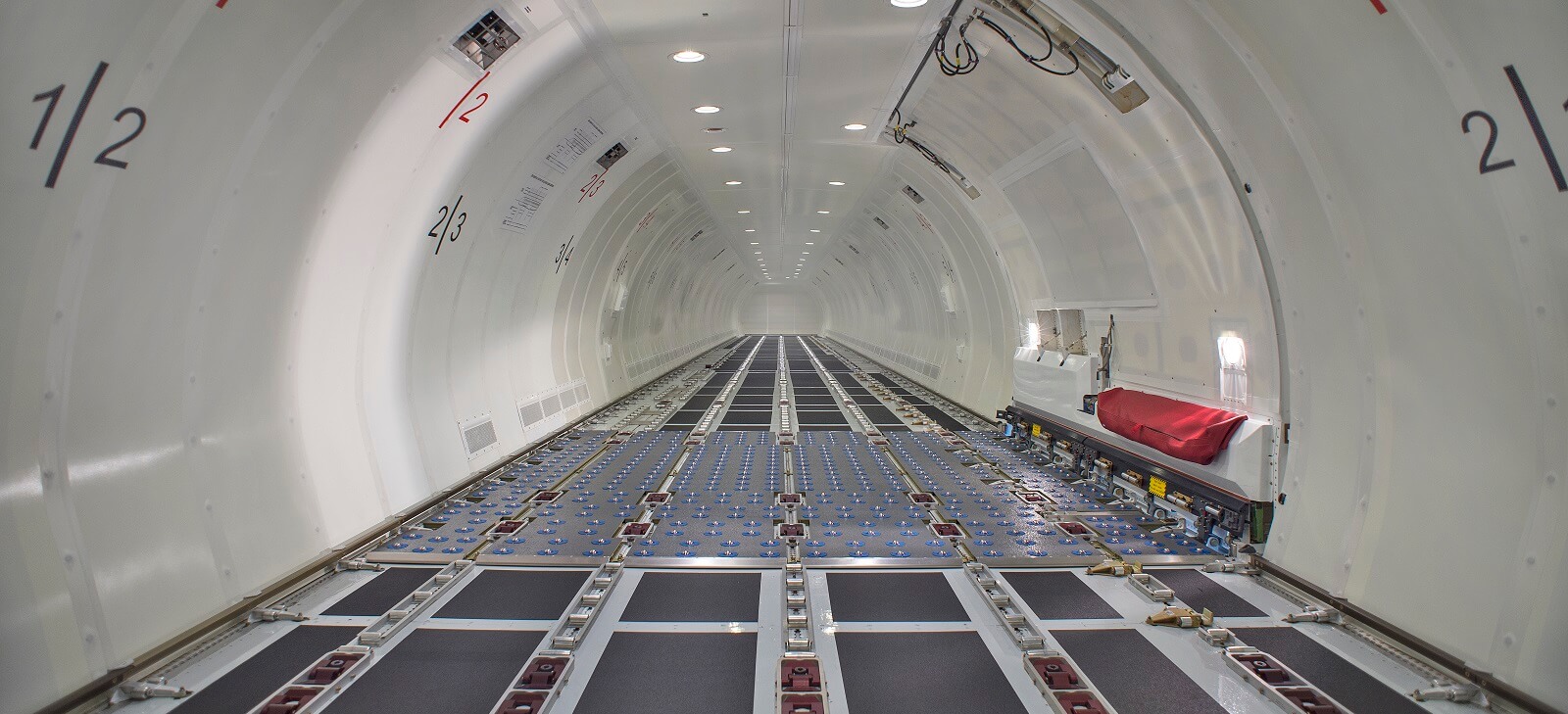
Founded in 1969, Ancra® started with the mission to improve safety and security for the material handling industry and originally focused on the airline market. It quickly realized that engineered products were needed in every market segment that moved quantities of cargo, and its comprehensive product lines were born.
Today, Ancra is a world-class leader in the area of cargo handling and restraint systems, providing quality products with the greatest customer value. Through the use of superior design, quality materials and attention to every detail, Ancra's advanced engineering capabilities raised product performance to a new level.
Ancra products are hard at work on land, in the air, and on the sea, serving all phases of the material handling industry. Founded by Michael Heisley in 1979, we built upon his legacy and have grown into a large and diverse organization with operations in 19 countries across five continents.
Once focused on distressed investing, we now look to acquire performing businesses that complement our existing operations. Kinedyne is a leading manufacturer and distributor of cargo control products for the transportation industry. The company offers flatbed, chain, interior van, grip link tire chain, auto towing, transport, tie-down, and beam system products as well as related webbing and hardware.
It serves OEMs, fleet operators, and independent owner/operators in the heavy-duty trucking, farm and agricultural, moving and storage, automotive, and recreational vehicle markets as well as government and military customers. The company is based in New Jersey with manufacturing locations in Prattville, AL and Nantong, China.
ANC Distribution New Zealand is committed to providing high-quality solutions for the pipe working, aircraft, commercial trucking, and consumer industries. The company also focuses on innovative cargo control, cargo care, container parts, lifting and plastic pallet products that are engineered to surpass high standards and meet your expectations.
Every component and assembly offers capacity measurements that reflect dependable, quality design and construction. Ancra New Zealand designs and manufactures products that meet your particular requirements. ANC Distribution Australia is committed to providing the highest quality and innovative machines and tools for pipe working, aircraft seat and restraint fittings, commercial trucking cargo control, and consumer transportation.

Every single one of their products offers assurance that Ancra Australia systems are engineered with an understanding of your requirements and a commitment to your safety. Whether it's liquid solutions, van solutions, pipe tools, cargo control, or container parts, each of these products are engineered to the highest of standards to meet and surpass your highest of expectations.
Universal Aircraft Style Heavy Duty Beveled Track by Ancra®. Length: 72". Ancra's 72" heavy-duty beveled logistic track can be easily installed into your trailer or van to create strong and solid anchor points anywhere along your walls and floors.
Use this aircraft style, machined aluminum track in conjunction with single stud or double stud fittings to create a tie-off point for tie-down hooks and rope. Neo is the leading provider of wear-resistant surface treatments for industrial applications.
The company provides treatments primarily for steel mill work rolls, including chrome plating, electro-discharge texturing, nickel and copper plating, mechanical plating, and grinding and polishing. Neo operates domestic and international plants in Indiana, Tennessee, West Virginia, Alabama, Kentucky, Austria, France, Slovakia, Hungary, India, China, and Saudi Arabia.
Sistemas Kinedyne manufactures and supplies cargo restraints and protection products for the transport market. The company offers a full line of ratchet straps, thermal bulkheads, and curtain-side trailer systems primarily to transport companies, distributors, and trailer OEMs in Mexico.
ancra aircraft azusa ca, ancra international aircraft division, ancra aircraft fittings, ancra international, ancra aerospace, ancra aircraft catalog, ancra cargo, ancra international llc
